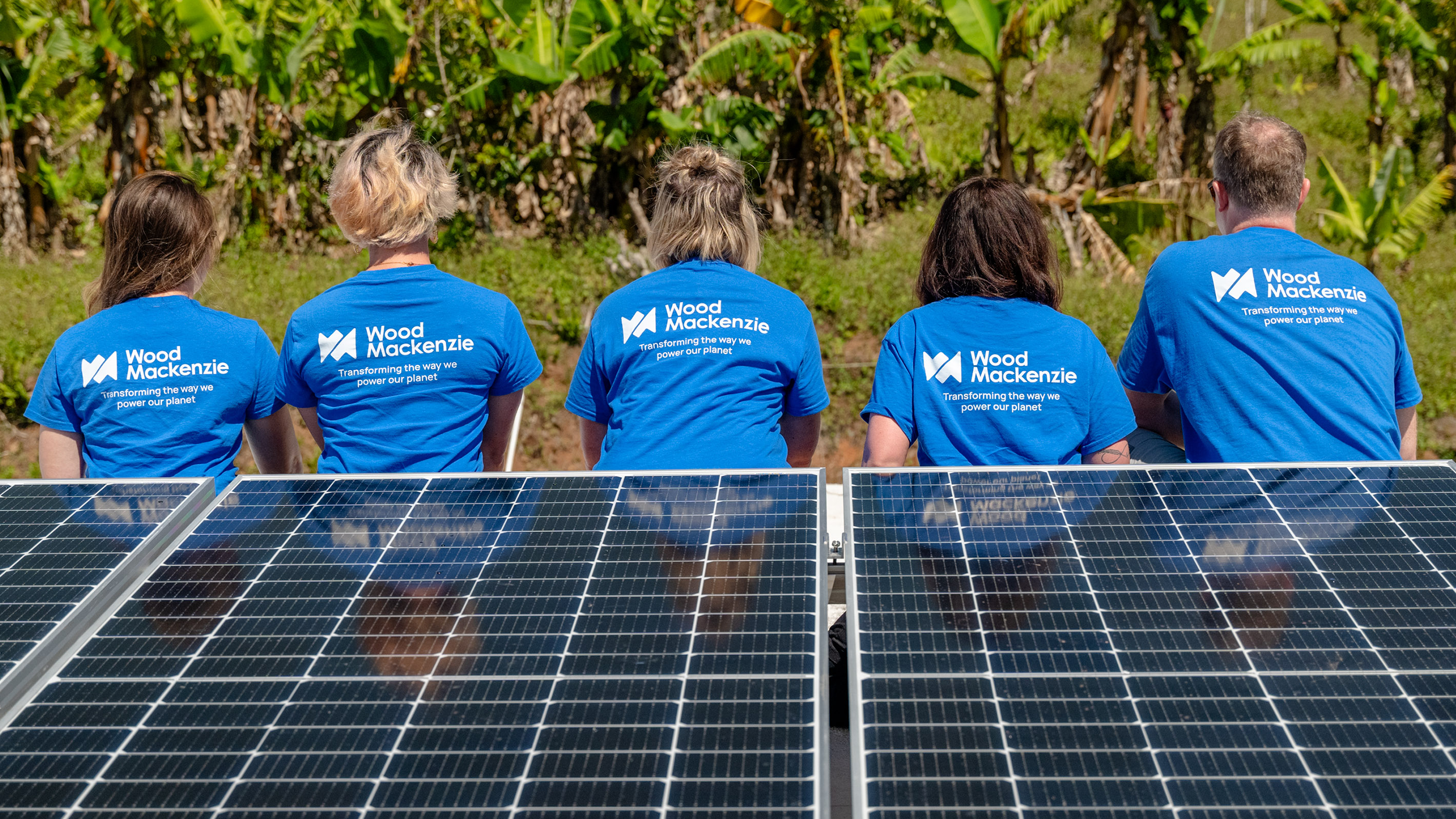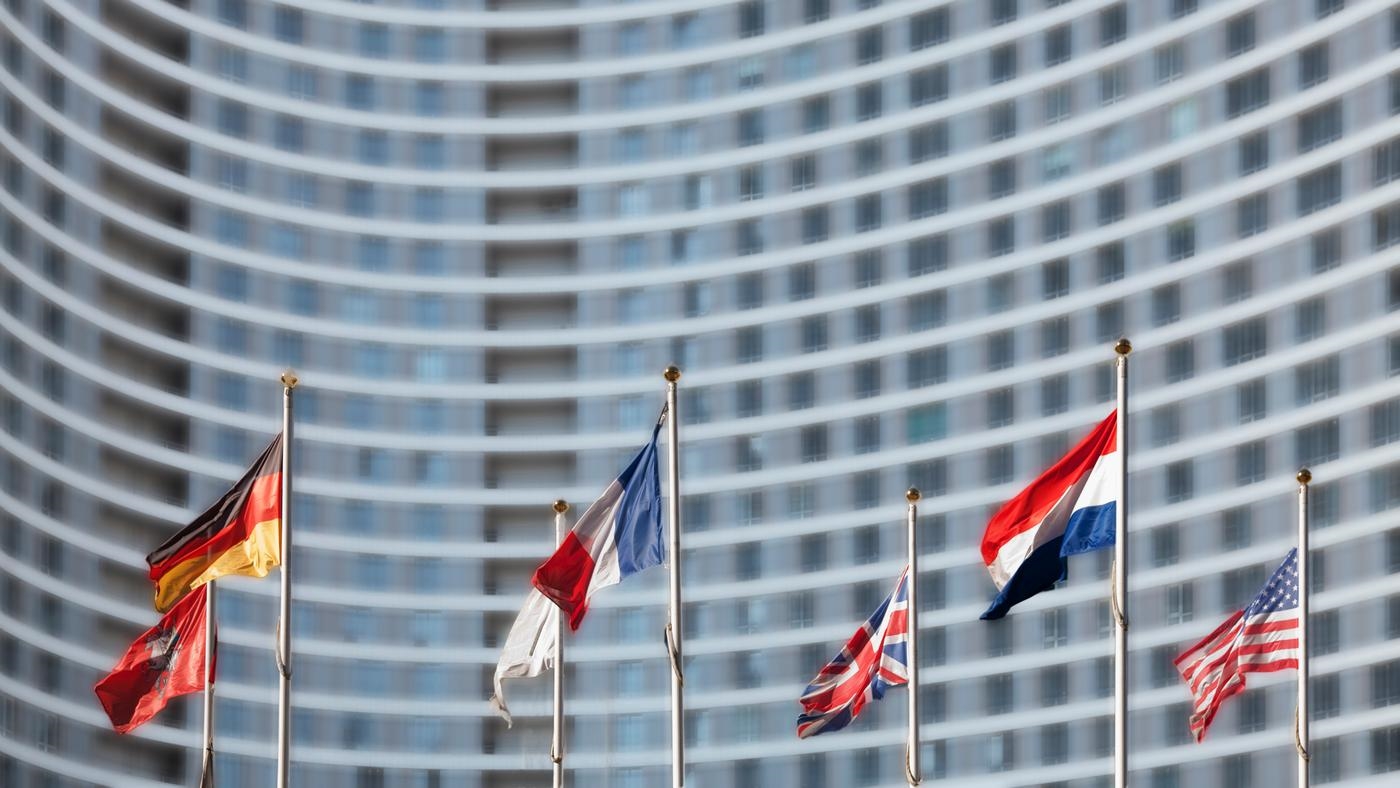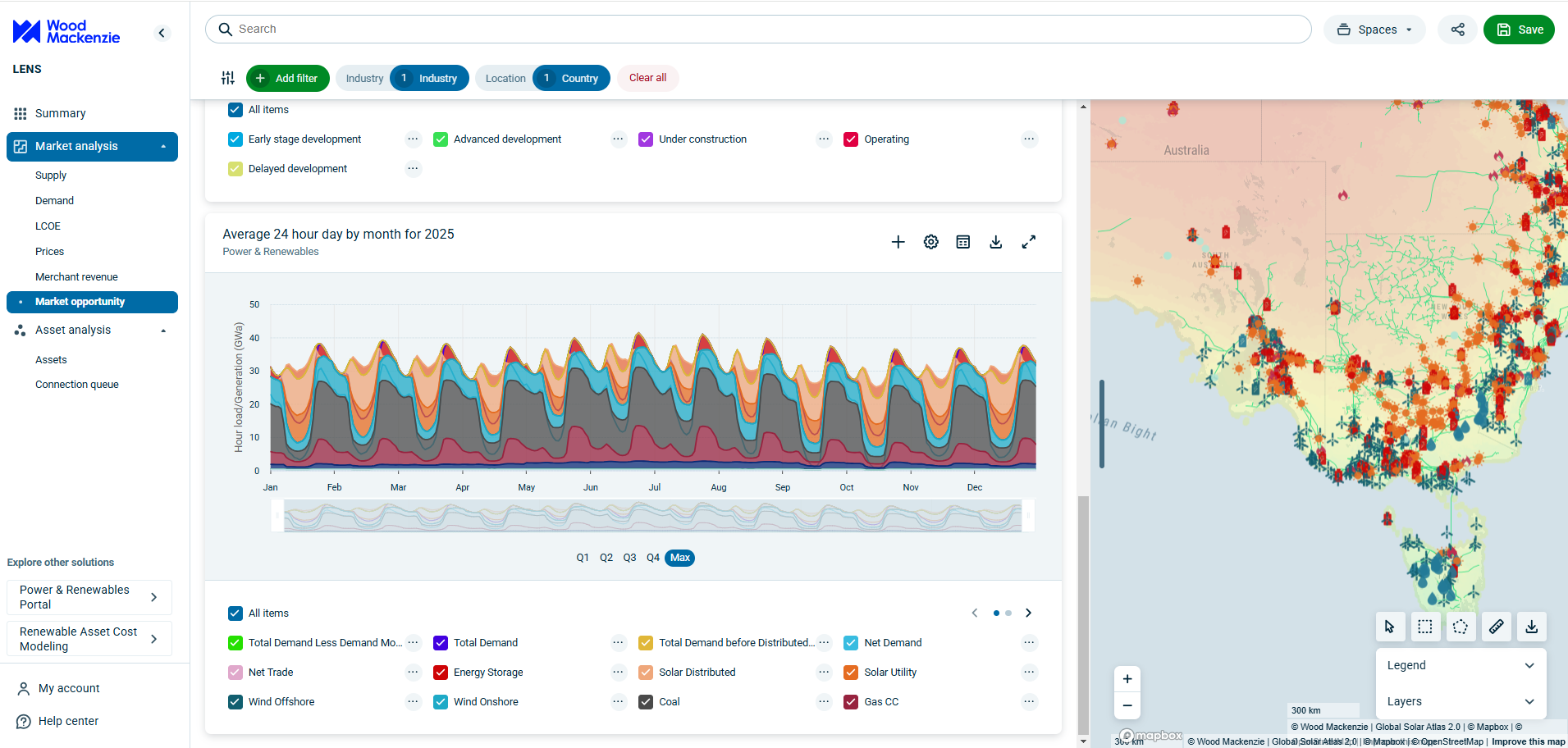Discuss your challenges with our solutions experts
Author: Colin Halling, Senior Analyst, EMEA Oil
The Amsterdam-Rotterdam-Antwerp (ARA) set of ports make up the most important hub for maritime activity in northern Europe and form a vital component of the European oil supply chain, accounting for more than 25% of Europe’s total crude inflows.
Pure AIS data can show what ships are doing. Still, to fully understand what type of activity they are carrying out (and how these actions affect supply and demand for commodities, including bunker fuels), a more advanced level of analysis is required.
Wood Mackenzie’s analysis of the region uncovered some interesting insights about bunkering activity. Of the three ports, Rotterdam bunkers the most, followed by Antwerp and finally Amsterdam. The number of gas tankers in Antwerp is higher than in Rotterdam, but the number of container ships and general cargo ships is about the same. Rotterdam has more bulk carriers and chemical tankers.
Within ARA, Rotterdam has the most bunkering activity, followed by Antwerp; Amsterdam has the least
Using Wood Mackenzie Vesseltracker AIS data, you can visualise bunkering activity using a density map. Wood Mackenzie’s Global BunkerPeriscope offers the algorithms needed to make sense of trends and patterns found within raw AIS data.
Bunkering activity in the Ports of ARA. Yellow dots are for oil and chemical tankers, red are bulk carriers, purple are general cargo ships, green are container ships, and light blue are gas tankers
Amsterdam
Amsterdam, Netherlands, located on the North Sea Canal, is the fourth-largest port in Europe in terms of metric tons of cargo handled and an essential port for both cargo and cruise shipping.
Rotterdam
Rotterdam, Netherlands, is the largest port in Europe, and the fourth-busiest port in the world after Shanghai, Singapore, and Hong Kong and is, along with Singapore, one of the world’s busiest ports for bunkering activity.
Antwerp
Antwerp, Belgium, on the upper end of the tidal estuary of the Scheldt, is connected to a network of rail, road, river, and canals and is Europe’s second-busiest port after Rotterdam.
Bunkering activity in the Ports of ARA. Yellow dots are for oil and chemical tankers, red are bulk carriers, purple are general cargo ships, green are container ships, and light blue are gas tankers
Bunkering activity in the Ports of ARA. Yellow dots are for oil and chemical tankers, red are bulk carriers, purple are general cargo ships, green are container ships, and light blue are gas tankers
Bunkering activity in the Ports of ARA. Yellow dots are for oil and chemical tankers, red are bulk carriers, purple are general cargo ships, green are container ships, and light blue are gas tankers
Wood Mackenzie's Global BunkerPeriscope is a powerful tool for bunkering and fuel oil companies who need to understand the trends surrounding fuel oil and bunkering services, including regional and global demand and inventories. Powered by Wood Mackenzie Vesseltracker™ AIS data, BunkerPeriscope also allows traders, research analysts, and business development professionals to cut straight to their analysis, using a wide range of common tools, from Excel to BI reporting. Learn more and request a BunkerPeriscope data sample.










